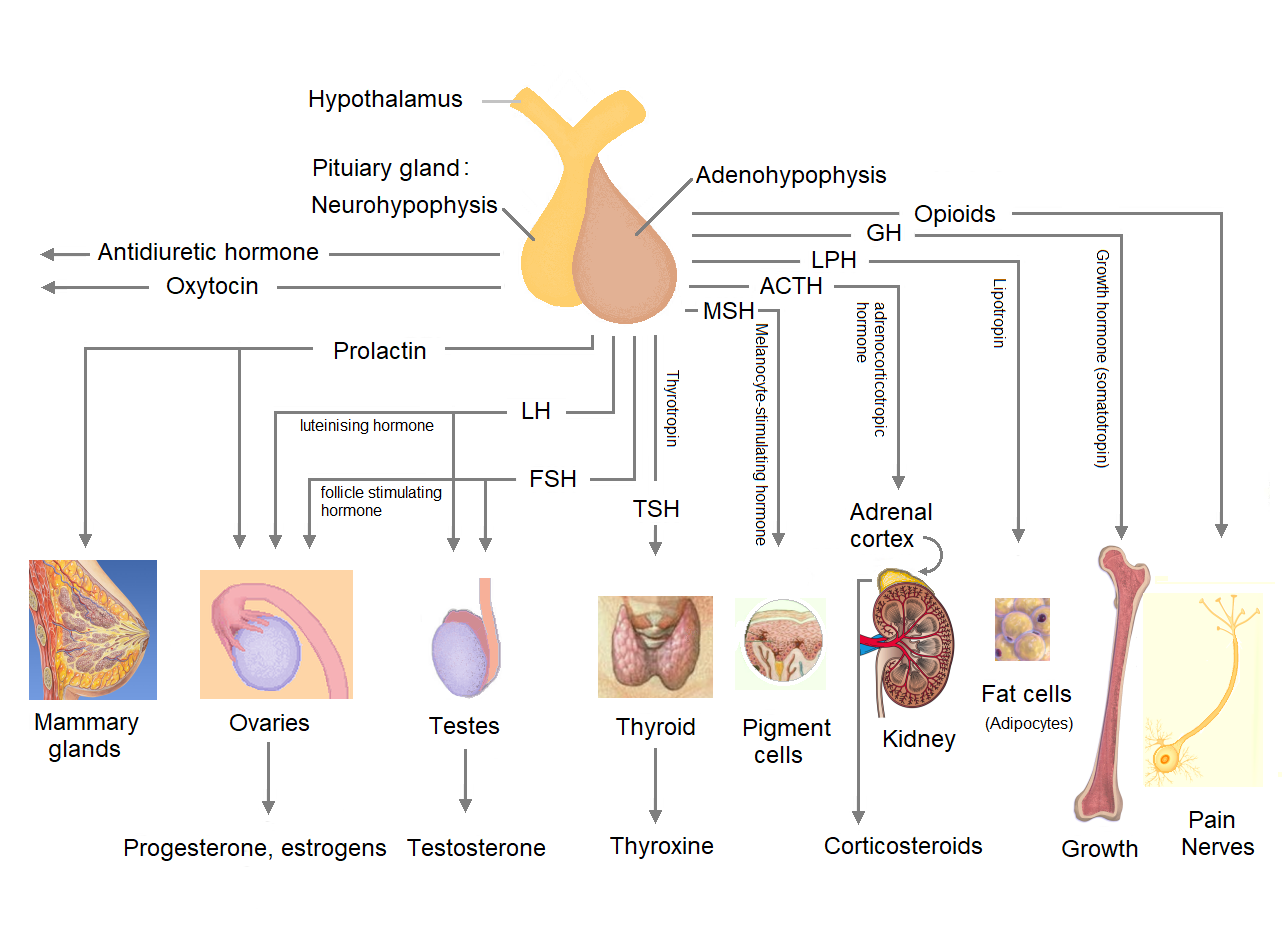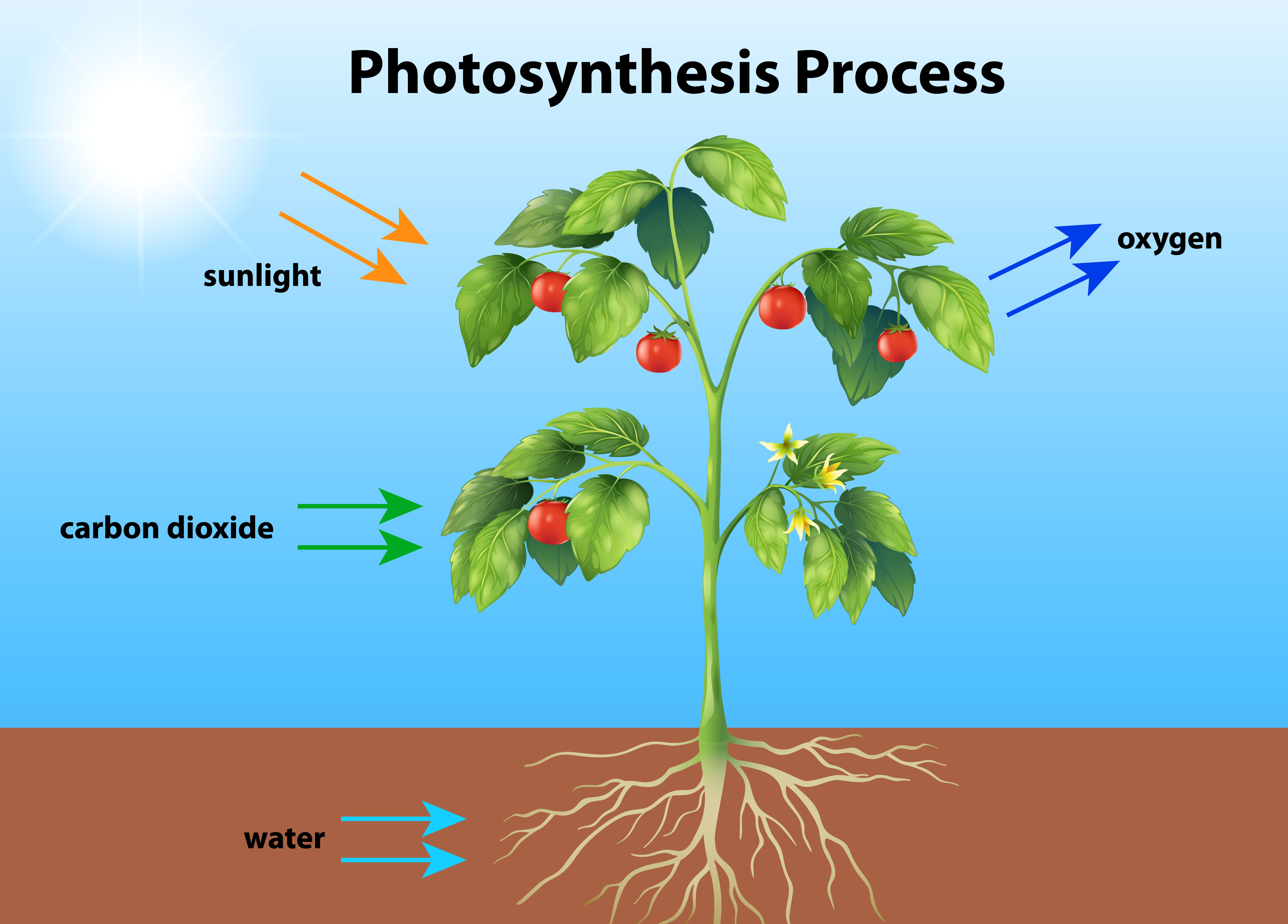Table of Contents
ToggleMonosaccharides, Disaccharides, and Polysaccharides: A Chemical Overview
Monosaccharides, disaccharides, and polysaccharides are three broad classes of carbohydrates. Their differences lie primarily in the number of sugar units they contain and their chemical structures. Understanding their structures involves looking at their molecular composition, functional groups, and bonding patterns.
1. Monosaccharides
Monosaccharides are the simplest form of carbohydrates. They are made up of a single sugar unit and cannot be broken down into simpler sugars through hydrolysis. Their general chemical formula is (CH₂O)ₙ, where n is typically 3 to 7. Monosaccharides such as glucose (C₆H₁₂O₆), fructose, and galactose are the most common types. These sugars serve as the building blocks for more complex carbohydrates.
Structure of Monosaccharides
- Functional Groups: Monosaccharides have hydroxyl (-OH) groups and may include either an aldehyde (-CHO) or a ketone (C=O) group. Depending on the location of the carbonyl group, they are categorized as aldoses (if the aldehyde group is present) or ketoses (if the ketone group is present).
- Aldoses vs. Ketoses:
- Aldoses: These sugars have an aldehyde group. Common examples are glucose and ribose.
- Ketoses: These sugars contain a ketone group. An example is fructose.
- Ring Structure: In aqueous solutions, monosaccharides often adopt a cyclic structure rather than the open-chain form. This is caused by the reaction between the hydroxyl group on one carbon and the carbonyl group on another carbon atom. The configuration of the molecule determines whether the ring structure is furanose (five-membered) or pyranose (six-membered).
- Anomeric Carbon: When the ring structure is formed, the carbonyl carbon becomes a new stereocenter called the anomeric carbon, The position of the hydroxyl group at this carbon determines the formation of alpha and beta anomers (isomers).
Examples of Monosaccharides:
- Glucose (C₆H₁₂O₆): An aldose, commonly found in the blood, used as a primary energy source.
- Fructose (C₆H₁₂O₆): A ketose, found in fruits, often associated with sweetness.
- Galactose (C₆H₁₂O₆): An aldose, found in milk sugar.
2. Disaccharides
Disaccharides are composed of two monosaccharides linked by a glycosidic bond (a covalent bond formed between two sugar molecules through a dehydration synthesis reaction). This bond is created when a hydroxyl group from one monosaccharide reacts with the anomeric carbon of the other, releasing a molecule of water (H₂O).
Structure of Disaccharides
- Disaccharides are grouped based on the specific monosaccharides they contain and the type of glycosidic linkage formed, which is defined by the alpha or beta configuration at the anomeric carbon.
Examples of Disaccharides:
- Sucrose (C₁₂H₂₂O₁₁): Composed of glucose and fructose. The glycosidic bond is between the glucose’s alpha anomeric carbon and fructose’s beta anomeric carbon.
- It is a non-reducing sugar because both anomeric carbons are involved in the glycosidic bond, preventing the sugar from participating in redox reactions.
- Lactose (C₁₂H₂₂O₁₁): Composed of glucose and galactose. The glycosidic linkage in lactose connects the anomeric carbon of galactose to the hydroxyl group of glucose, resulting in a beta-1,4 bond.
- Because the glucose unit in lactose has a free anomeric carbon, it is considered a reducing sugar that can undergo redox reactions.
- Maltose (C₁₂H₂₂O₁₁): Composed of two glucose molecules. It has an alpha-1,4 glycosidic bond between the two glucose units and is classified as a reducing sugar because one glucose unit has a free anomeric carbon.
3. Polysaccharides
Polysaccharides are formed by linking long chains of monosaccharides via glycosidic bonds. These complex molecules can range from hundreds to thousands of sugar units and may have branched or unbranched structures. Polysaccharides function as energy reserves or provide structural support in organisms.
Structure of Polysaccharides
- Polysaccharides are usually made up of repeating units of monosaccharides, but their structure and properties depend on the types of monosaccharides, the linkage between them, and whether the chain is branched.
- The primary polysaccharides—starch, glycogen, and cellulose—differ in their structures and play distinct roles in biological systems.
Types of Polysaccharides:
- Starch: A polysaccharide used for energy storage in plants, it is predominantly made of glucose units.It consists of two components:
- Amylose is formed by glucose units joined via alpha-1,4 glycosidic bonds, creating a straight chain, while amylopectin has a branched structure with alpha-1,6 glycosidic bonds at the branching sites.
- Glycogen: The storage form of glucose in animals. This molecule is like amylopectin but features a more complex branching structure. Stored predominantly in the liver and muscles, it offers a fast source of energy when required.
- Cellulose: A structural polysaccharide in plant cell walls, cellulose is composed of linear glucose chains connected via beta-1,4 glycosidic linkages. This linkage forms strong, rigid fibers that are insoluble in water. Cellulose is indigestible to humans because they lack the ability to break the beta-1,4 glycosidic bonds.
- Chitin: Present in the exoskeletons of arthropods and insects, chitin serves as a structural polysaccharide that ensures rigidity and protection. N-acetylglucosamine units (a modified glucose) are linked by beta-1,4 glycosidic bonds to form the structure.
Structure-Function Relationship:
- Storage Polysaccharides (Starch, Glycogen): These have branched structures, making them compact and easily mobilized for energy storage and rapid release when needed.
- Structural Polysaccharides (Cellulose, Chitin): Their straight-chain structures and hydrogen bonding allow them to form rigid, strong structures that provide support and protection to cells and organisms.
Comparison of Monosaccharides, Disaccharides, and Polysaccharides
| Property | Monosaccharides | Disaccharides | Polysaccharides |
|---|---|---|---|
| Sugar Units | Single unit | Two units | Hundreds to thousands of units |
| Example | Glucose, Fructose, Galactose | Sucrose, Lactose, Maltose | Starch, Glycogen, Cellulose, Chitin |
| Bond Type | None (single molecule) | Glycosidic bond between two monosaccharides | Glycosidic bonds between multiple monosaccharides |
| Function | Energy source, building blocks for larger carbs | Energy source (Sucrose), milk sugar (Lactose), malt product | Energy storage (Starch, Glycogen), structural (Cellulose, Chitin) |
| Solubility | Soluble in water | Soluble in water | Mostly insoluble or less soluble in water |
| Digestibility | Digested quickly by the body | Digested by enzymes like sucrase and lactase | Digested by enzymes (amylase for starch, cellulase for cellulose in some organisms) |
Functions of Monosaccharides, Disaccharides, and Polysaccharides
Monosaccharides:
- Energy source: Quick source of energy for cells (e.g., glucose).
- Building blocks: Serve as the basic units for synthesizing more complex carbohydrates.
- Metabolic intermediates: Involved in various metabolic pathways (e.g., fructose in glycolysis).
Disaccharides:
- Energy source: Provide a quick energy release after digestion (e.g., sucrose, lactose).
- Transport form: Can be used for energy transport in plants and animals (e.g., sucrose in plants).
- Nutrient storage: Stored in milk as lactose for infant nutrition.
Polysaccharides:
- Energy storage: Store energy for long-term use (e.g., starch in plants, glycogen in animals).
- Structural support: Offering strength and rigidity, cellulose in plant cell walls and chitin in exoskeletons are key examples.
- Cell recognition: Involved in cellular signaling and recognition (e.g., glycoproteins).
In Summary
Monosaccharides, disaccharides, and polysaccharides differ significantly in terms of their molecular complexity, structure, and biological function. Monosaccharides serve as fundamental energy sources and building blocks for more complex carbohydrates, while disaccharides provide quick energy and functional roles in organisms. Polysaccharides are primarily involved in long-term energy storage or structural support, with their complexity allowing them to serve diverse functions in biology. The chemical structure and types of glycosidic bonds between the sugar units play a crucial role in determining their properties and functions.
Exploring the World’s Oceans: Which Ones Are Cold, Which Ones Are Warm, and Why? | Maya





Hola! I’ve been following your website for some time now and finally got the bravery to go ahead and give you a shout out from Kingwood Tx! Just wanted to mention keep up the fantastic work!